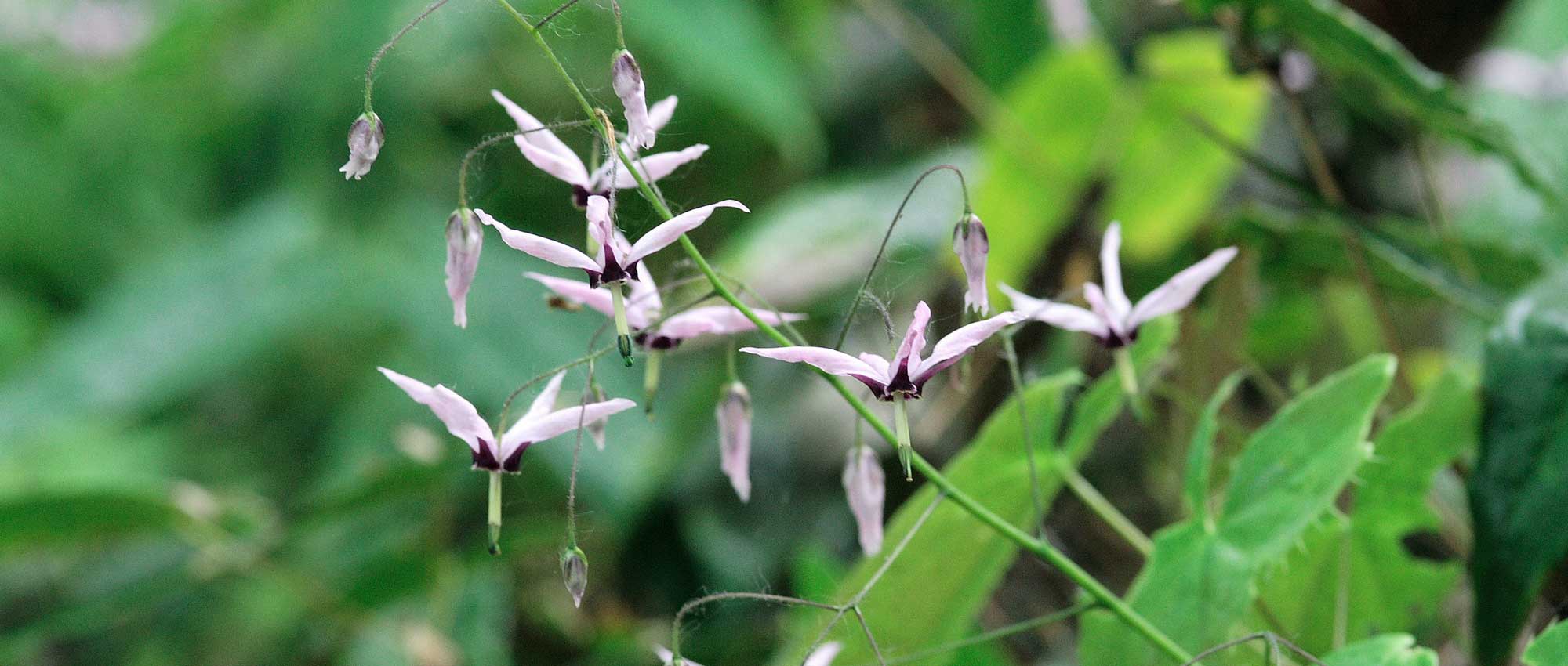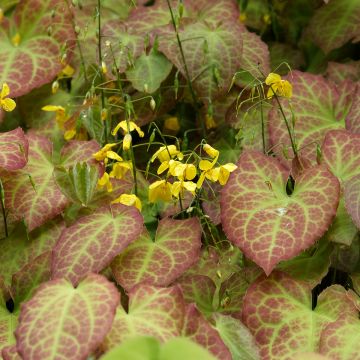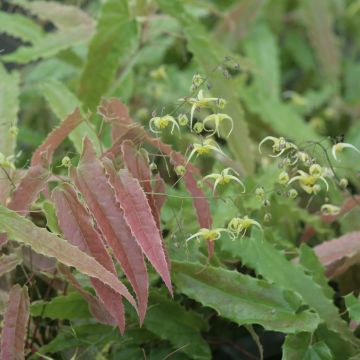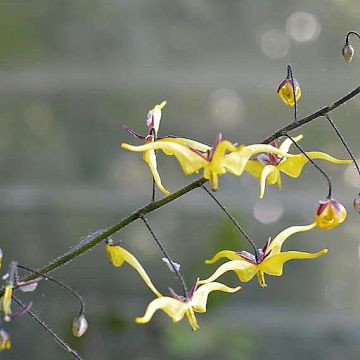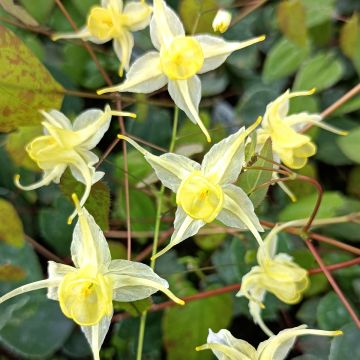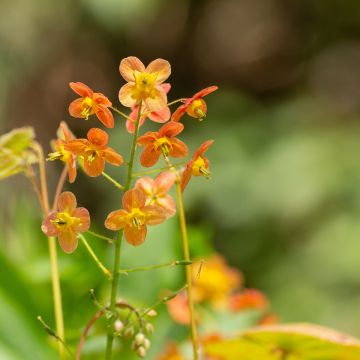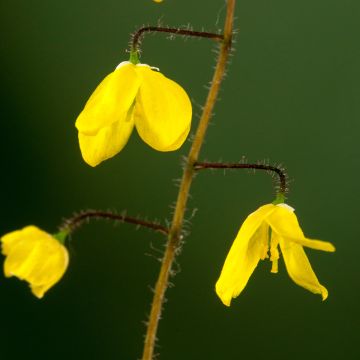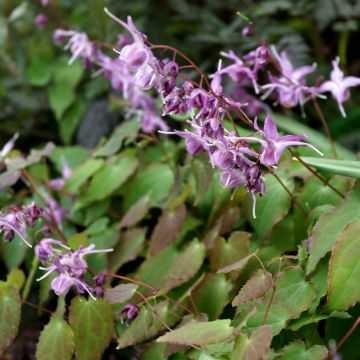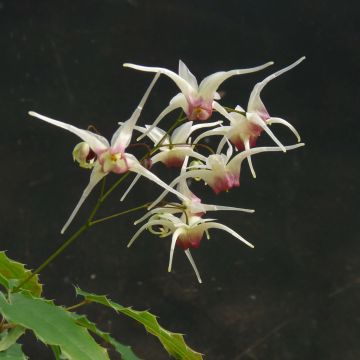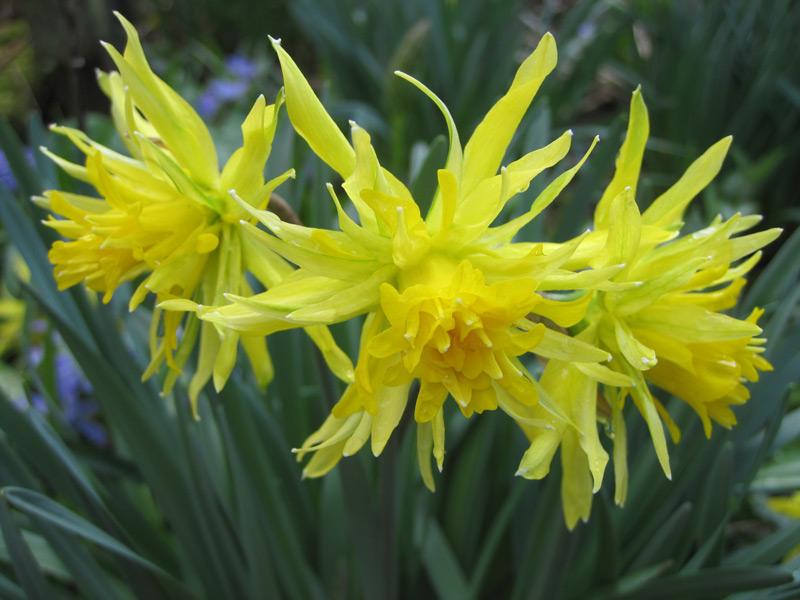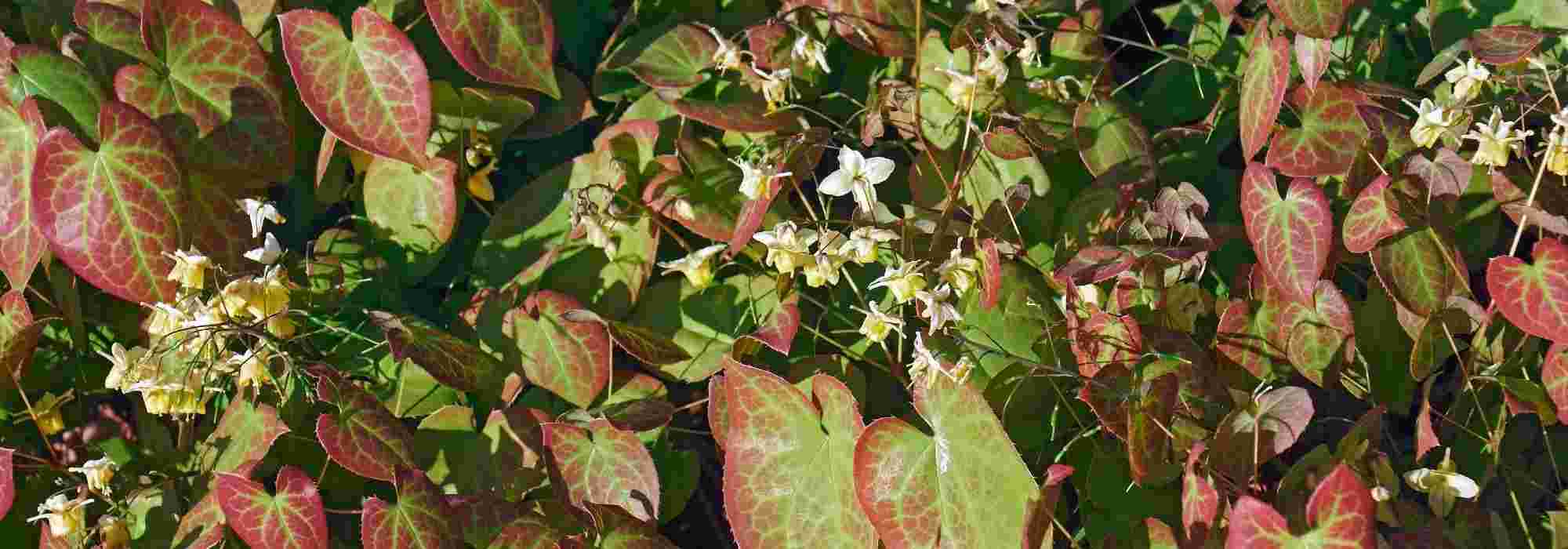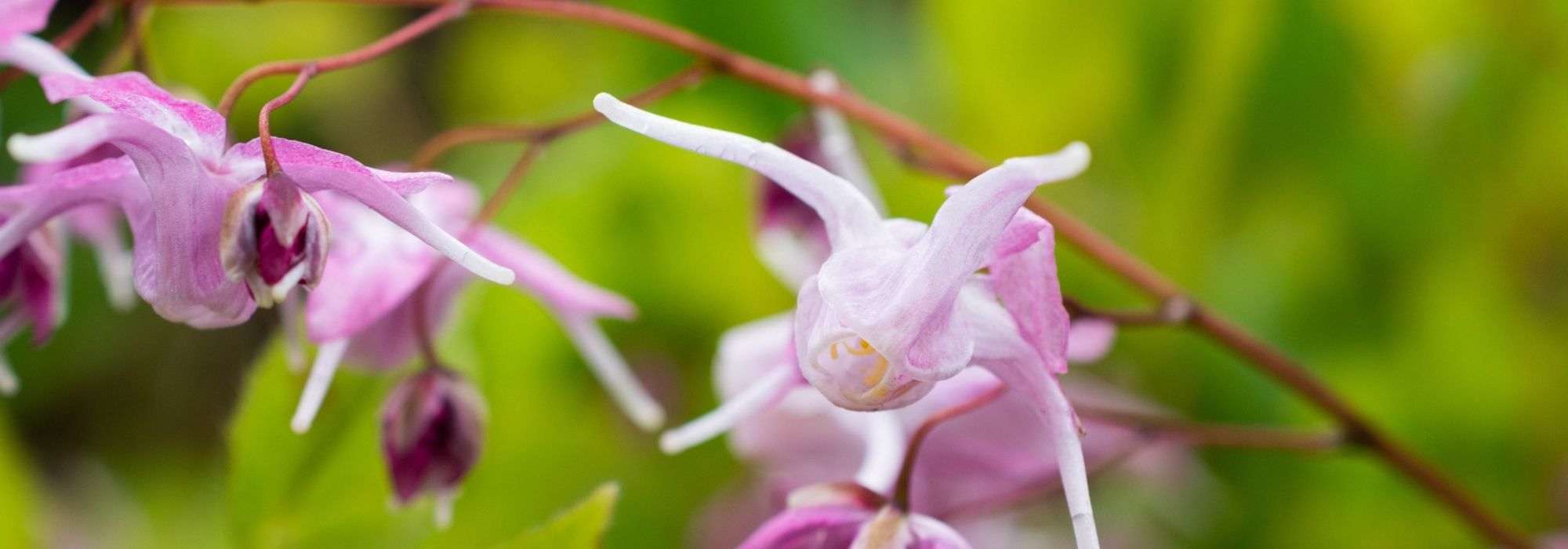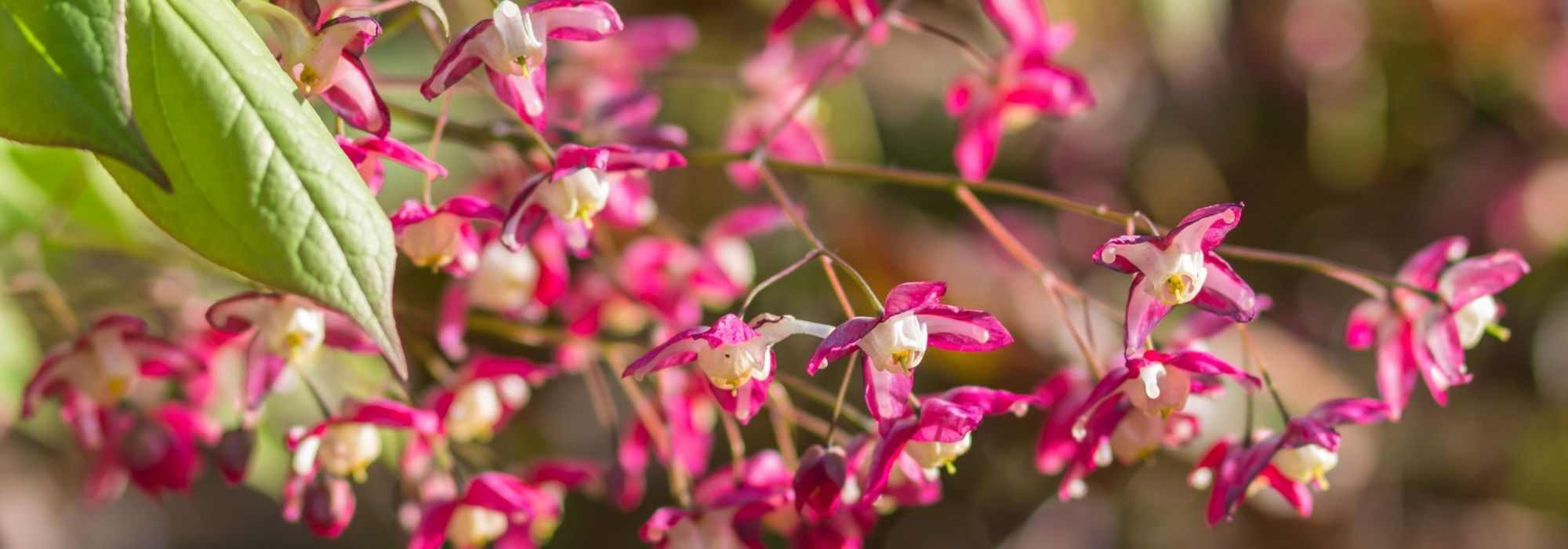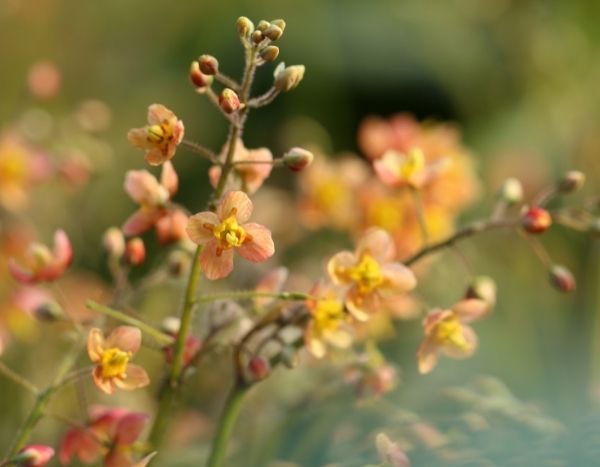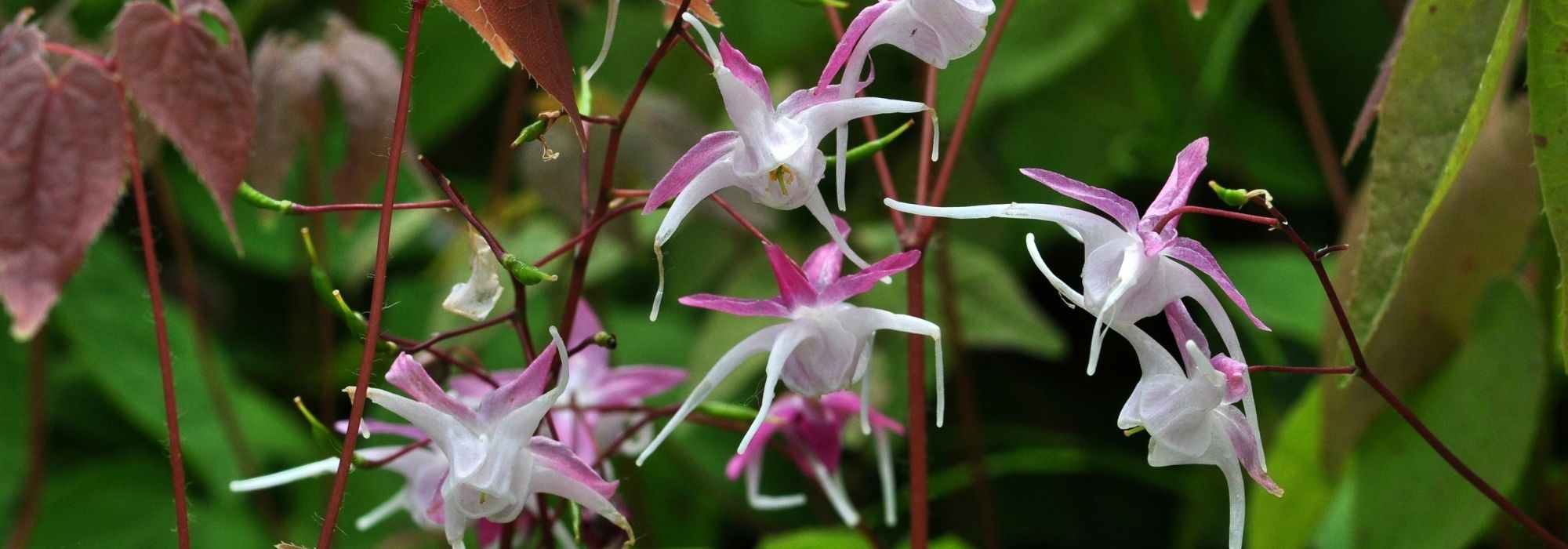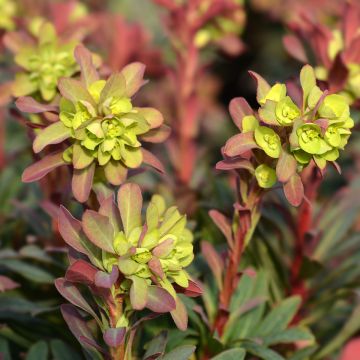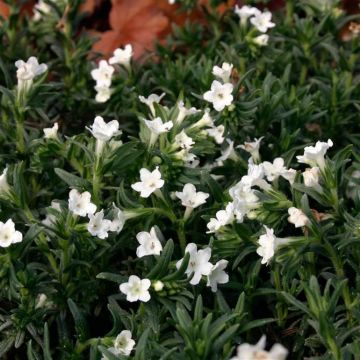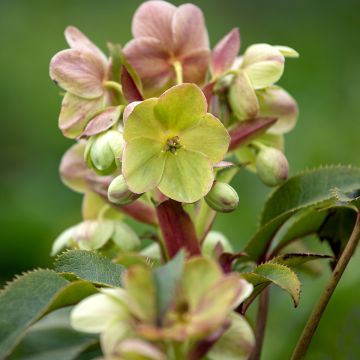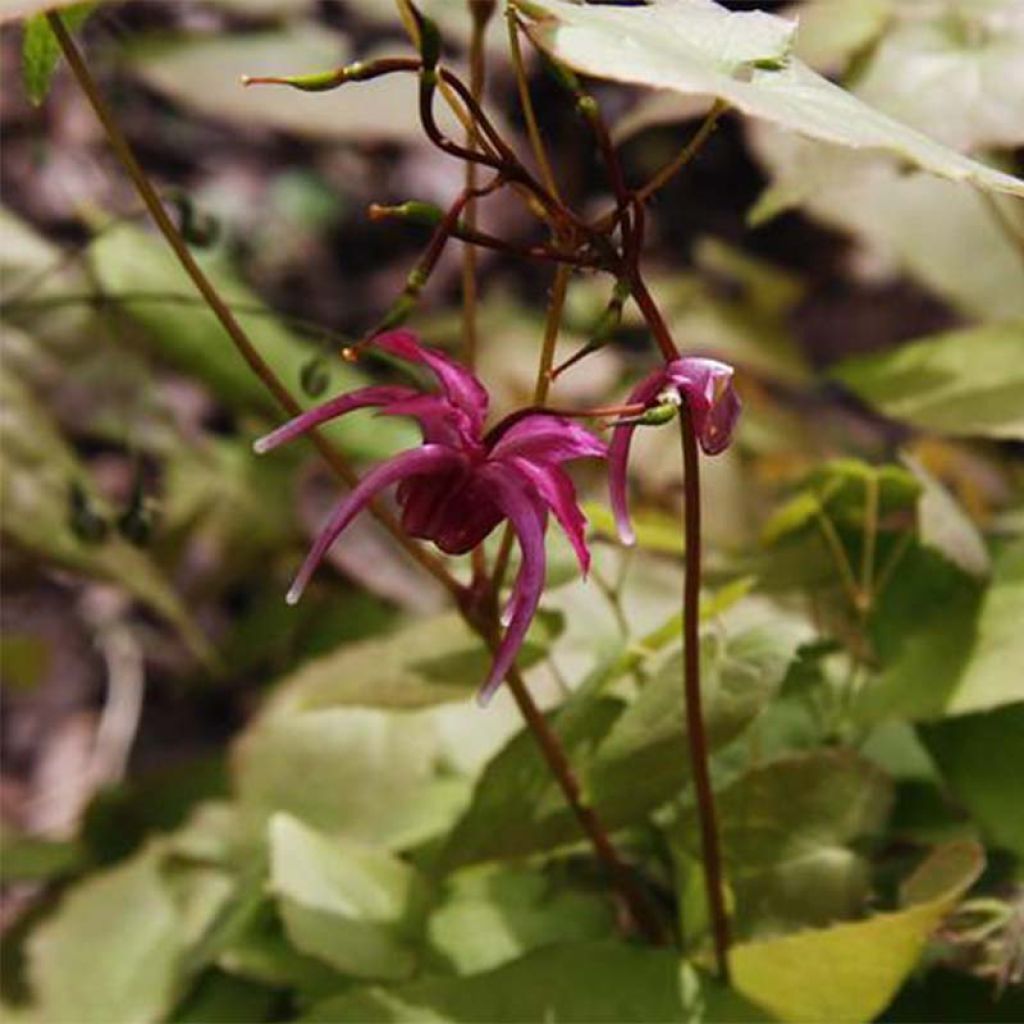

Epimedium grandiflorum Red Beauty - Fairy Wings
Epimedium grandiflorum Red Beauty - Fairy Wings
Epimedium x grandiflorum Red Beauty®
Fairy Wings, Barrenwort, Bishop's Hat
The plant has recovered well, and in spring I can enjoy its magnificent flowers. A true delight :)
Cécile, 04/04/2025
Special offer!
Receive a €20 voucher for any order over €90 (excluding delivery costs, credit notes, and plastic-free options)!
1- Add your favorite plants to your cart.
2- Once you have reached €90, confirm your order (you can even choose the delivery date!).
3- As soon as your order is shipped, you will receive an email containing your voucher code, valid for 3 months (90 days).
Your voucher is unique and can only be used once, for any order with a minimum value of €20, excluding delivery costs.
Can be combined with other current offers, non-divisible and non-refundable.
Home or relay delivery (depending on size and destination)
Schedule delivery date,
and select date in basket
This plant carries a 12 months recovery warranty
More information
We guarantee the quality of our plants for a full growing cycle, and will replace at our expense any plant that fails to recover under normal climatic and planting conditions.

Would this plant suit my garden?
Set up your Plantfit profile →
Description
Epimedium grandiflorum 'Red Beauty' is a variety of Epimedium with many, reliable large, colourful flowers. This small shade-loving perennial has foliage that changes colour throughout the seasons and spring flowers that range from pink-violet to mauve, with pale pink to white spurs. These infinitely graceful flowers are gathered in small clusters, very visible against the foliage. The foliage starts off bronze and purple in spring, turns dark green in summer, and then takes on beautiful red tones in autumn before disappearing. Epimediums bring life to partially shaded areas of the garden like few other plants can. They thrive for many years in well-drained, moist soil.
Belonging to the Berberidaceae family, 'Red Beauty' Epimedium is derived from, among others, the Epimedium grandiflorum, a species native to northern China. This delightful hybrid variety is sometimes marketed under the name 'Yubae'. It is a rhizomatous plant that establishes itself quite quickly, forming a dense cushion, 30 cm (12in) tall, spreading very little, occupying only 30 cm (12in) of ground. It produces delicate small flowers in late spring (usually in May), about 3 cm (1in) in size, hanging downwards, bicolour, with a shape reminiscent of columbines. They consist of 4 petals ranging from pink-fuchsia to violet, with lighter long spurs, perched on slender and flexible stems. It is from this elegance and delicacy that it gets its name "Fairy Flower". Its foliage is mostly deciduous (evergreen in mild climates) and is composed of toothed leaflets that are a vibrant green in summer, taking on a beautiful bronze-red in spring and red at the end of the season.
The Fairy Flower thrives in cool conditions and tolerates root competition from other plants, making it suitable for the base of trees and shrubs. It is a plant for light woodland, hardy down to -15°C (5°F), and prefers humus-rich soil, although it adapts to almost all ordinary soils. 'Red Beauty' Epimedium is more attractive when scattered in sparse clumps than as ground cover, and is a useful plant for shaded areas that are often neglected. It would be a shame to limit it to a utilitarian ground cover role: when accompanied by Hepatica nobilis, Ferns, Hostas, shade-loving perennial geraniums (nodosum and macrorrhizum), Foxgloves, Candelabra Primroses, and sweet woodruff, the Fairy Flower will create a superb mass in light shade.
Epimedium grandiflorum Red Beauty - Fairy Wings in pictures
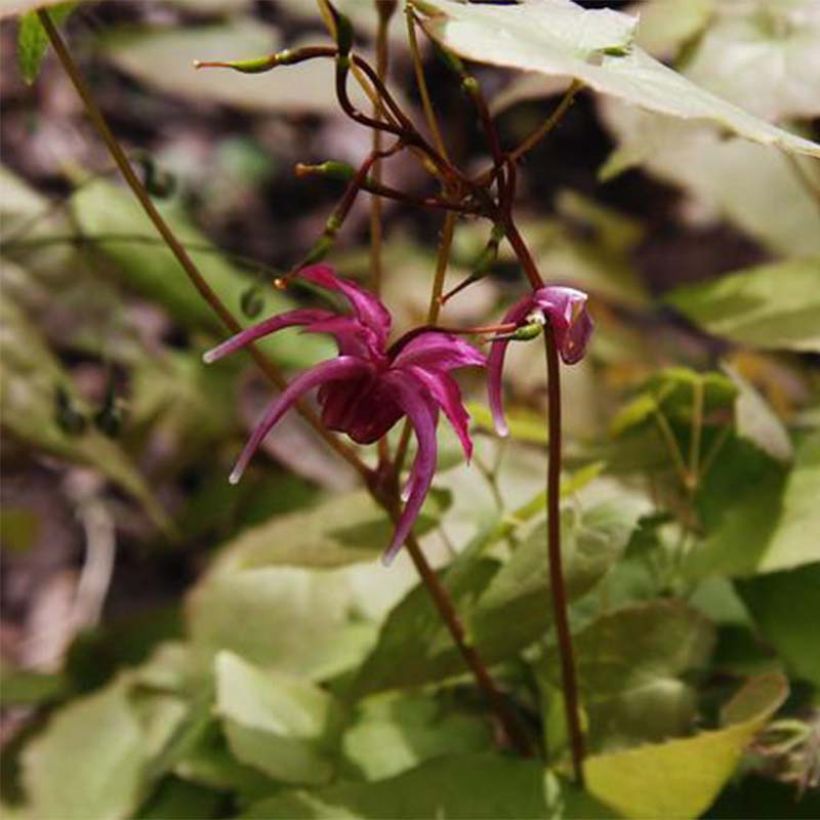

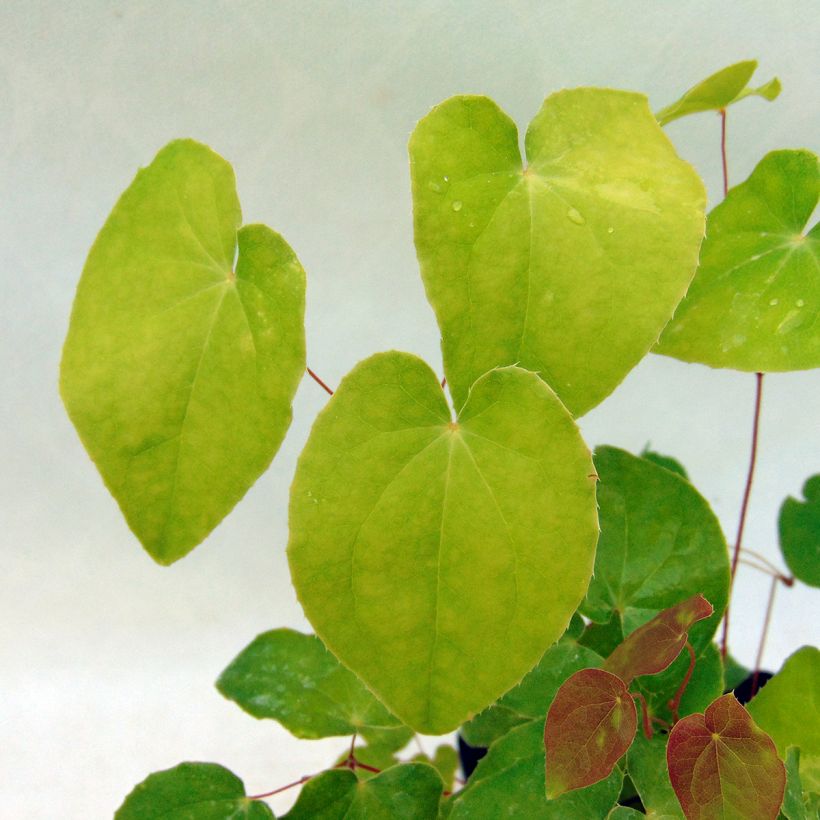

Flowering
Foliage
Plant habit
Botanical data
Epimedium
x grandiflorum
Red Beauty®
Berberidaceae
Fairy Wings, Barrenwort, Bishop's Hat
Cultivar or hybrid
Other Epimedium - Barrenwort
View all →Planting and care
Epimedium grandiflorum 'Red Beauty' thrives in a cool environment, so you should place it in shade or partial shade, ideally in soil with a neutral pH (not too acidic or too alkaline) and well-drained.
A plant of clear understory, it prefers humus-rich soils, so an annual addition of compost will be welcome. However, this plant easily adapts to any type of well-drained and loose ordinary soil.
It can take some time to establish and requires protection from weeds, and some watering in the first year, the Epimedium will then tolerate temporary drought, common under trees in summer. Its maintenance consists of removing the withered foliage from the previous year at the end of winter, before the appearance of flowers.
Planting period
Intended location
Care
Planting & care advice
-
, onOrder confirmed
Reply from on Promesse de fleurs
Similar products
Haven't found what you were looking for?
Hardiness is the lowest winter temperature a plant can endure without suffering serious damage or even dying. However, hardiness is affected by location (a sheltered area, such as a patio), protection (winter cover) and soil type (hardiness is improved by well-drained soil).

Photo Sharing Terms & Conditions
In order to encourage gardeners to interact and share their experiences, Promesse de fleurs offers various media enabling content to be uploaded onto its Site - in particular via the ‘Photo sharing’ module.
The User agrees to refrain from:
- Posting any content that is illegal, prejudicial, insulting, racist, inciteful to hatred, revisionist, contrary to public decency, that infringes on privacy or on the privacy rights of third parties, in particular the publicity rights of persons and goods, intellectual property rights, or the right to privacy.
- Submitting content on behalf of a third party;
- Impersonate the identity of a third party and/or publish any personal information about a third party;
In general, the User undertakes to refrain from any unethical behaviour.
All Content (in particular text, comments, files, images, photos, videos, creative works, etc.), which may be subject to property or intellectual property rights, image or other private rights, shall remain the property of the User, subject to the limited rights granted by the terms of the licence granted by Promesse de fleurs as stated below. Users are at liberty to publish or not to publish such Content on the Site, notably via the ‘Photo Sharing’ facility, and accept that this Content shall be made public and freely accessible, notably on the Internet.
Users further acknowledge, undertake to have ,and guarantee that they hold all necessary rights and permissions to publish such material on the Site, in particular with regard to the legislation in force pertaining to any privacy, property, intellectual property, image, or contractual rights, or rights of any other nature. By publishing such Content on the Site, Users acknowledge accepting full liability as publishers of the Content within the meaning of the law, and grant Promesse de fleurs, free of charge, an inclusive, worldwide licence for the said Content for the entire duration of its publication, including all reproduction, representation, up/downloading, displaying, performing, transmission, and storage rights.
Users also grant permission for their name to be linked to the Content and accept that this link may not always be made available.
By engaging in posting material, Users consent to their Content becoming automatically accessible on the Internet, in particular on other sites and/or blogs and/or web pages of the Promesse de fleurs site, including in particular social pages and the Promesse de fleurs catalogue.
Users may secure the removal of entrusted content free of charge by issuing a simple request via our contact form.
The flowering period indicated on our website applies to countries and regions located in USDA zone 8 (France, the United Kingdom, Ireland, the Netherlands, etc.)
It will vary according to where you live:
- In zones 9 to 10 (Italy, Spain, Greece, etc.), flowering will occur about 2 to 4 weeks earlier.
- In zones 6 to 7 (Germany, Poland, Slovenia, and lower mountainous regions), flowering will be delayed by 2 to 3 weeks.
- In zone 5 (Central Europe, Scandinavia), blooming will be delayed by 3 to 5 weeks.
In temperate climates, pruning of spring-flowering shrubs (forsythia, spireas, etc.) should be done just after flowering.
Pruning of summer-flowering shrubs (Indian Lilac, Perovskia, etc.) can be done in winter or spring.
In cold regions as well as with frost-sensitive plants, avoid pruning too early when severe frosts may still occur.
The planting period indicated on our website applies to countries and regions located in USDA zone 8 (France, United Kingdom, Ireland, Netherlands).
It will vary according to where you live:
- In Mediterranean zones (Marseille, Madrid, Milan, etc.), autumn and winter are the best planting periods.
- In continental zones (Strasbourg, Munich, Vienna, etc.), delay planting by 2 to 3 weeks in spring and bring it forward by 2 to 4 weeks in autumn.
- In mountainous regions (the Alps, Pyrenees, Carpathians, etc.), it is best to plant in late spring (May-June) or late summer (August-September).
The harvesting period indicated on our website applies to countries and regions in USDA zone 8 (France, England, Ireland, the Netherlands).
In colder areas (Scandinavia, Poland, Austria...) fruit and vegetable harvests are likely to be delayed by 3-4 weeks.
In warmer areas (Italy, Spain, Greece, etc.), harvesting will probably take place earlier, depending on weather conditions.
The sowing periods indicated on our website apply to countries and regions within USDA Zone 8 (France, UK, Ireland, Netherlands).
In colder areas (Scandinavia, Poland, Austria...), delay any outdoor sowing by 3-4 weeks, or sow under glass.
In warmer climes (Italy, Spain, Greece, etc.), bring outdoor sowing forward by a few weeks.






























